[Editor's note: Affordable housing used to be an accepted right in Canada. For many it's increasingly out of reach -- a silent national crisis. In this election-year series, the Tyee Solutions Society looks at what's failed, and how it can be fixed.]
Were it not for native social housing during her university studies as a single mother a decade ago, Melanie Mark couldn't have afforded rent. "Thank God for that," she told Tyee Solutions Society. "Otherwise I would have probably had to drop out of school."
In the years since earning her political science degree, the East Vancouver-raised Nisga'a mother of two has worked as the associate deputy representative at B.C.'s independent youth watchdog, served as president of the Urban Native Youth Association, and co-founded the Vancouver Aboriginal Community Policing Centre.
Canada's aboriginal population is, on average, young. The median age for indigenous people is just 28 -- 13 years younger than the 41-year-old median for non-aboriginals. At 39, Mark may be a bit beyond what's generally considered a "millennial," someone 20 to 34, but her experience is one that confronts a growing number of today's young urban aboriginal adults.
It's a group graduating with post-secondary degrees at unprecedented rates. But while young aboriginal people now achieve post-secondary success at the same rate as other Canadians, breaking into the country's hot urban housing markets is much harder.
They share some of the problem with non-indigenous peers. In some Canadian cities, housing prices rose twice as fast as millennial-generation incomes between 1990 and 2012.
But the widening gap between incomes and shelter costs is particularly dire "for the sub-demographic of aboriginal millennials," said Stewart Anderson, vice-president of community investment at Vancouver's Vancity Credit Union. "It's just an added layer [that] makes it that much more difficult."
Among indigenous, First Nation, Inuit or Métis families, he points out, "If you go back three generations, there wasn't that transfer of family wealth," from parents or grandparents to help their kids buy homes. As a result, "There's a fair number of people who have good jobs and lives, they're on track, they don't necessarily need to be in social housing. But they end up plugging the upper end of the limited stock of social housing."
Melanie Mark agrees: "There's a big spectrum of aboriginal people who, I hate to use the word 'marginalized,' but they are in fact more marginalized. They're not going to benefit from those extra cushions of having family to rely on, or to loan them money. For the people I know, resources are tapped out."
A further hurdle is the instability that many otherwise successful aboriginal millennials continue to experience in work and family life. Unemployment is higher for the group than the Canadian average. Many also follow transient and relatively insecure jobs in the resource industry.
But the call of community can also interrupt plans. "If there's a challenge going on in their family, they're often going to pack up and go where the support is needed," Mark said. "We're not just responsible for our own immediate family. As part of a clan, we look after each other. Those communal values are really resonant with many First Nations people."
Four in ten First Nations and Métis, and half of Inuit, move from more remote communities to large cities for their education. They face additional adjustments, Mark added. "It's a new community. They're starting fresh. It's a challenge for First Nations people, because they're trying to manage identities: 'Where's my community going to be?' Are they swimming upstream? For sure."
A decade after Mark left subsidized native housing -- because "somebody else deserved to be a student with a child in that space," she says -- she now co-owns a Burnaby townhouse she shares with her mother, daughter and two brothers.
Her decision to leave the City of Vancouver was based partly on cost, she says, but also partly on her aboriginal family values. "When you're in your 30s, you don't necessarily want to live back with your mom," she said. "But often in First Nations families we live together under the same roof."
She'd have preferred to remain in the city core, she says. "But it's a pipe dream to get into the housing market today."
To the 'burbs and beyond
Just how much of a pipe dream is captured by Adrian Duke's experience.
The 28 year-old business wunderkind was born in rural Saskatchewan, a member of the Muscowpetung First Nation. He graduated from the B.C. Institute of Technology six years ago with a diploma focused on entrepreneurship. As CEO of Skyturtle Technologies, a waterslide company, he earned a spot on BC Business magazine's ‘Top 30 Under 30' list this year.
But not even he finds Vancouver accommodation affordable. "I'm actually looking at moving out to the Okanagan or possibly up to Squamish," Duke said. "I'd rather be not so far away, but it's just too much to try and be down here. You're forced to move to areas further out, wherever you can afford."
Spearheading a student housing project for Vancouver's Native Education College, he said, "The biggest eye-opener was seeing these single mothers and young students who have followed their dream to pursue an education despite the odds." Buckling under the cost of rent close to colleges and universities, many move to the suburbs for $800-a-month shelter. "They're still pushing along, with massive commutes," the entrepreneur marvels. "It's crazy."
He's more optimistic when he sees innovations like one being developed by the Vancouver Native Housing Society. The society already has about five per cent of the city's aboriginal population under its roof. It's now hoping to develop a broader mix of options for the emerging wave of urban aboriginal demand.
The idea, as the society's CEO David Eddy explained it, is to build multi-family dwellings with half the suites sold at nearly full market value. The other half would be sold at half that price -- in exchange for a covenanted deed that imposes financial penalties if the unit doesn't stay within the Society's long-term affordable stock.
He hopes to build 400 such units every year for at least the coming decade, financed through interest-bearing financial tools, direct private investments, and construction and development savings.
Eddy blames many of the hurdles facing would-be aboriginal homeowners today on a history of oppression that prevented aboriginal people from gaining business education and experience that would equip communities to escape poverty.
"Because of the residential school system and the Indian Act, the 'Great White Father' mentality has really held indigenous people back," he said. "There's got to be a lot of healing done."
Educated indigenous millennials, he believes, are the "natural leaders and ambassadors leading the way to healing," and financial capacity-building. Instead, high housing costs are "moving the millennials out of the market," he lamented.
Earning potential
As for Melanie Mark, the advocacy she fostered as president of the Urban Native Youth Association continues. She was also nominated to run for the BC New Democratic Party in Vancouver-Mount Pleasant.
Mark says she wants to work to bring the federal government back to a more active role in addressing the gap between what Canadians -- all Canadians, not only young aboriginal urbanites -- earn, and what it takes to keep a roof over their heads.
"Are some of these aspirations a pipe dream?" she asks. "Maybe, but something needs to be done." ![]()
Read more: Housing




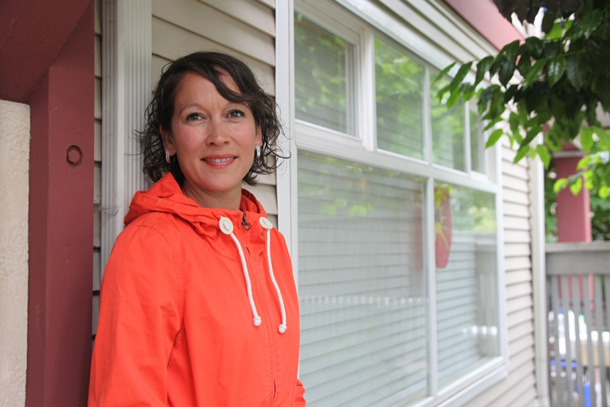







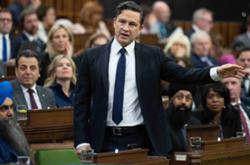
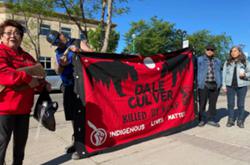
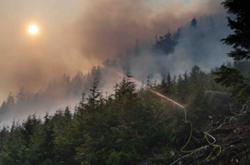
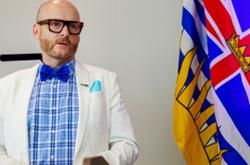
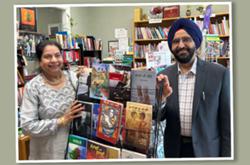
Tyee Commenting Guidelines
Comments that violate guidelines risk being deleted, and violations may result in a temporary or permanent user ban. Maintain the spirit of good conversation to stay in the discussion.
*Please note The Tyee is not a forum for spreading misinformation about COVID-19, denying its existence or minimizing its risk to public health.
Do:
Do not: